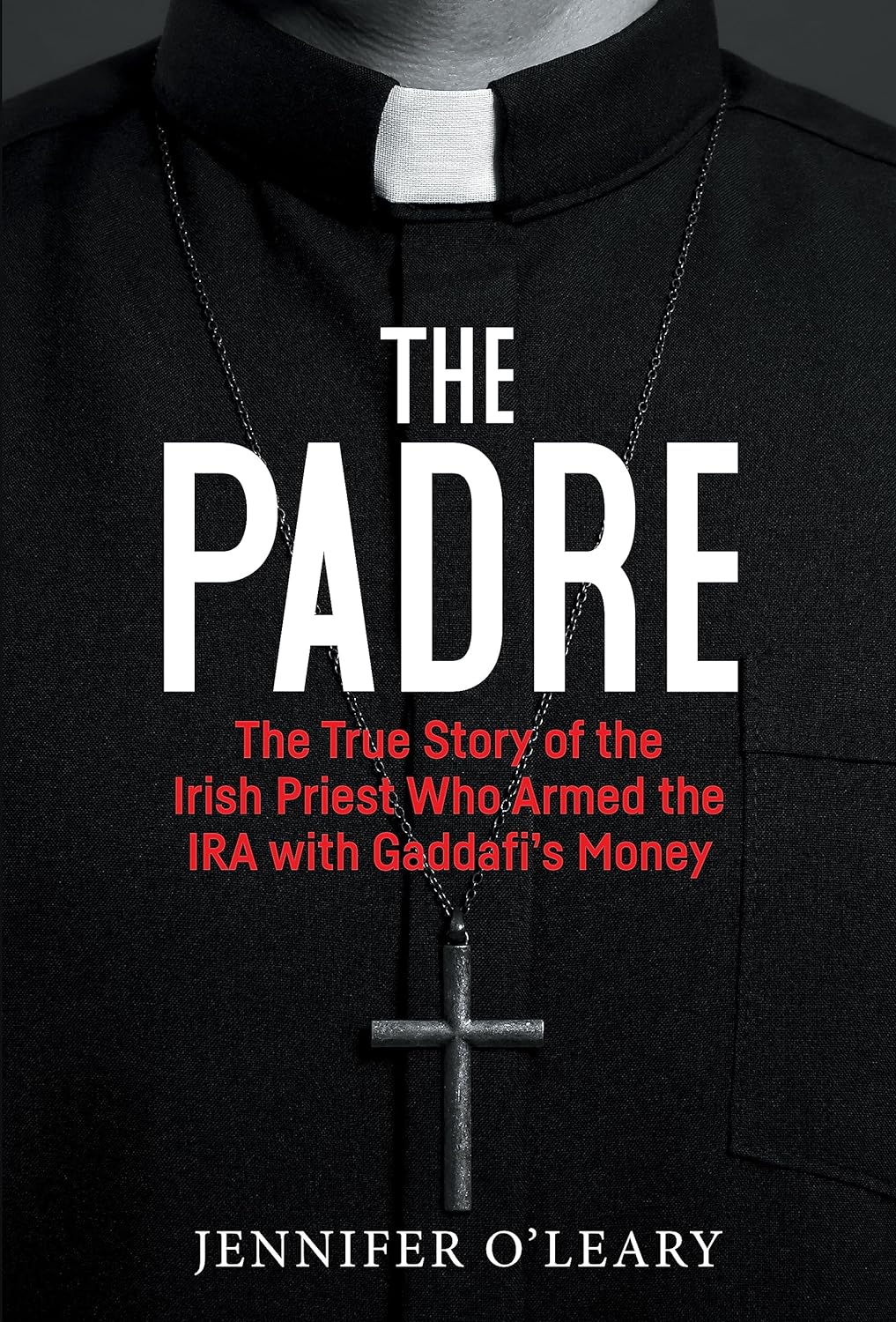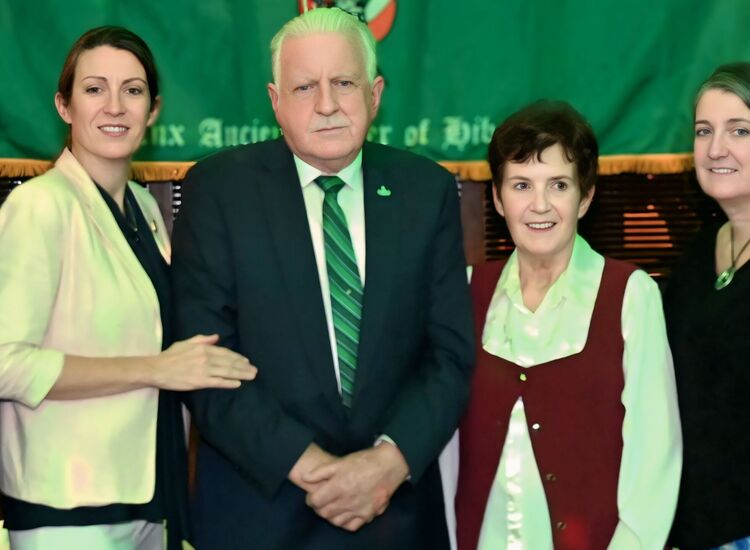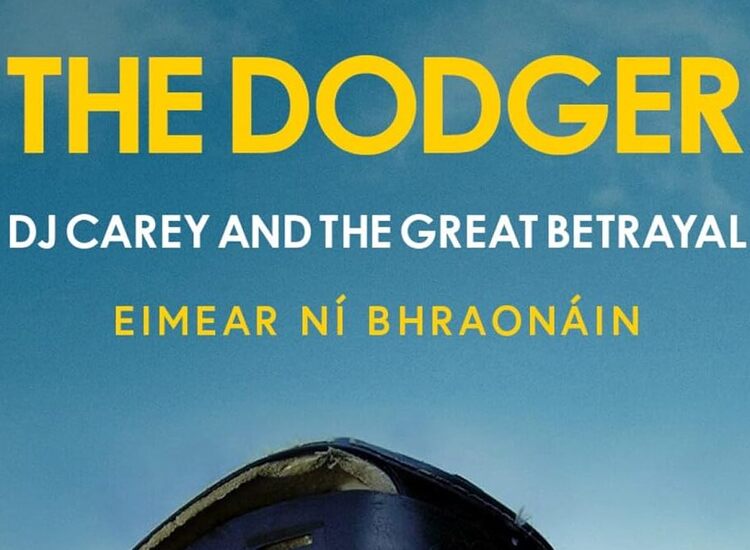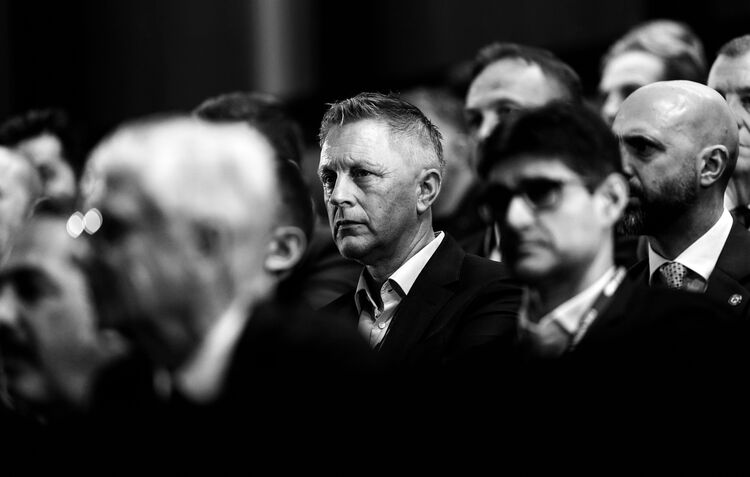Patrick Ryan’s true-life story reads like fiction; a second-born son reared on a small farm in County Tipperary who went from being a Catholic missionary priest in East Africa to becoming the trusted link between Muammar Gaddafi in Libya and the IRA, while also engineering bomb components used in scores of IRA bombings.
His name had first been mentioned to me on the back of a throwaway remark by a source – “If you want a story about the IRA that’s never been told by the main player himself, there’s a Ryan you need to speak to, but I doubt he’ll talk.”
At that point I wasn’t too sure that I would even track him down given his previous form in avoiding those who wished to speak to him face to face. For almost two decades Ryan had evaded intelligence agencies across Europe.
He was also, at a time, one of the most wanted men in Britain given his connection to a series of bombings, including the one that came very close to assassinating British Prime Minister Margaret Thatcher. She narrowly escaped death in the attack on the Grand Hotel, Brighton, in October 1984. Five others were not so lucky.
It was two years before a cold call to a stranger’s door eventually culminated in my many meetings with the elusive Ryan. My source had been correct; Ryan did have a story to tell. It started well. As a missionary priest he had built schools and health clinics in East Africa.
Such was his enthusiasm that he had even obtained a pilot’s license in order to deliver vital medicine to clinics hundreds of miles apart.
"I had to learn how to fly a plane," he told me, "because one of those journeys could take ten or twelve hours by road and you’d have sore bones for the rest of the week. I could fly a two-seater myself and deliver the medicine to the doctors, and for a time on the journey I would gaze down on the beautiful wild animals in the Serengeti."
The pandemic paused our many meetings but not before we undertook a road trip back to the hill in County Tipperary that nestles the homestead where he was born in 1930. Patrick Ryan was of the generation in the new Republic, where a religious vocation brought with it education, power and great status. "
A bull in the field, a pump in the yard and a priest in the family" were, according to him, the most impressive indicators of social status in the rural Ireland of his day. When we reached the now-dilapidated farmhouse, over-run by thick shrubbery, Ryan made a point of showing me the sturdy water tank he had put in place during the winter of 1964.
His return home that year had only been his second since his posting ten years earlier to Tanganyika (later merged with Zanzibar and renamed Tanzania) where he was more interested in rolling up his sleeves for construction projects than “standing around with a catechism” in his hand.
Back home in Rossmore he delivered a miracle of sorts for his mother - a piped water supply to her home. It took six weeks for Mary Ann Ryan’s beloved son to dig a trench deep enough to protect a water pipe from the elements.
The very fact that the spring was further down the valley did not deter Ryan, now spurred on by neighbors who doubted his ambition.
“The news spread that I had lost my marbles, that the sun in Africa had destroyed my brain. ‘Oh, the poor creature,’ they used to say, ‘whoever heard of water flowing up a hill.' But I had a plan, and they underestimated my ability to see it through.”
Ryan returned to East Africa, assured in the knowledge that, yet again, he had made his mother proud. “I left the house with fresh-flowing water into the kitchen and into a toilet in the bathroom and from a tap in the bath and everything functioning.
There wasn’t another house in the parish that had it.” The long dig on land he had no claim over also helped to crystallize a principle that would guide Ryan’s self-philosophy in the years ahead: if nature could be manipulated by mathematical reasoning and application, the frailties of men and women would make them even more susceptible to subtle machinations of influence in order to achieve a particular outcome.
At the turn of the next decade, the man who had once devoted his life to the service of the Catholic Church and its teachings turned his attention to a very different dogma: militant Irish nationalism. In August 1969, Ryan’s missionary endeavors south of the equator were on hold. Back in Ireland, he found himself increasingly drawn to newspaper stands as the month progressed and where reports of shootings and gun battles in Belfast were splashed across the front pages.
“Something deep had been unleashed and it could not be put back in a box. It had been my intention to return to Africa and to spend my life there doing good things, but then the war broke out and my dream turned to skittles.” Soon, the diligence that Ryan demonstrated in the pursuit of saving lives south of the equator was equally applied with the opposite intent.
Author Jennifer O'Leary.
“I was approached by some of the IRA leaders [to see] if, perchance, I could work for them, and I did.” It was Marcus Fogarty, a senior IRA man in County Tipperary in the 1970s, who coined the moniker that would follow Ryan for decades:" the Padre." “I started calling him that rather than saying Father Paddy. I suppose given what we were up to, the Padre was fairly neutral,” Fogarty told me.
Ryan’s cunning quickly yielded results and Ryan became the main contact for many years between the IRA and one of its main sources of weaponry and finance – Muammar Gaddafi’s Libyan regime. “In terms of money from Libya, I took what I got. Over all the years I was involved, there was more than one million pounds involved; far more millions.”
Ryan also applied his technical ingenuity with a single-minded ruthlessness when he re-engineered a simple parking timer he had first come across in Switzerland for use in explosive devices. Memo Park timers became a hallmark of IRA bombs and were used in scores of IRA bombs and attacks in Northern Ireland and Britain from the early 1970s onwards.
In Rossmore, we spent some time chatting and pottering around the once busy homestead where Ryan was reared along with his five siblings, before making our retreat back down the hill. Afterwards, as we sat in a quiet corner of a nearby hotel, I noticed the magnificent portraits of prized racing horses adorning some of the walls of the hotel.
In that moment, it was impossible not to think of the carnage captured by camera in the wake of the 1979 IRA Hyde Park bomb: lifeless, mangled bodies of Cavalry black horses, which lay on the road for some time before they were covered with blankets.
Four men, soldiers of The Blues and Royals regiment, and seven horses, were killed on that sunny July day in London. Ryan had a personal interest in the Hyde Park bomb, as well as the device which made possible the audacious assassination attempt on Margaret Thatcher. “The Brighton bomb included my Memo Park component.
And I also had a hand in the Hyde Park bomb...” Patrick Ryan had never given away any details about his ruthless zealotry in pursuit of money, weapons and assistance for the IRA’s campaign of violence – until he spoke to me.
"The Padre: The True Story of the Irish Priest Who Armed the IRA with Gaddafi’s Money" is published by Merrion Press (www.merrionpress.ie) and is out now. It is also available on Amazon. Jennifer O’Leary is an investigative journalist with BBC Northern Ireland.








